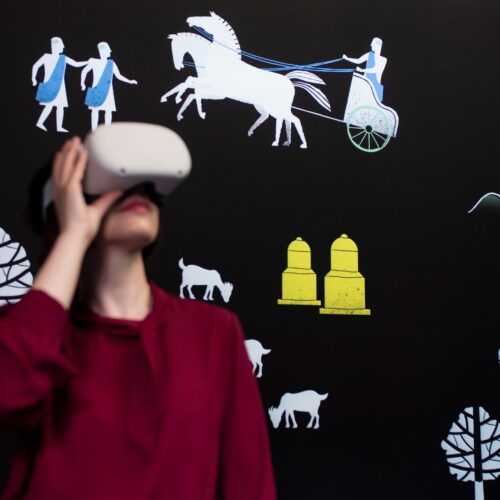MIA Avella – Avella Immersive and Archaeological Museum
Almaviva - Province of Avellino
- Almaviva – Province of Avellino
OUR SERVICES
- Multimedia set-up
- Exhibition Design
- Serious game / Gamification
- Interactive Installation
- Content Production
- Video Production
- Strategic Communication
A technological exhibit to tell the story of the city of Avella. An immersive path to retrace the events and events of its territory




